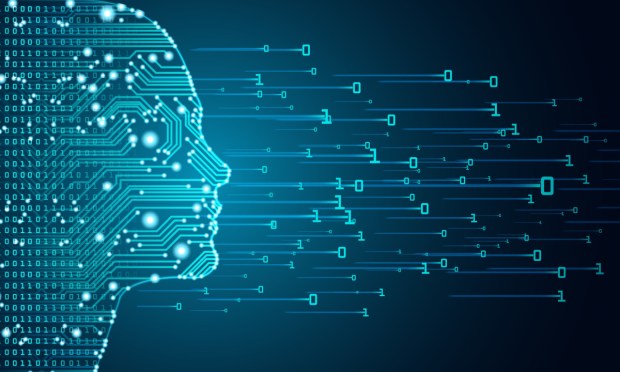21st Century Enterprise Technology Is Entering Its Third Act

The tale of 21st century enterprise technology is unfolding as a play with three acts.
But unlike a proper play, each of the first two are still going on, while the third is just emerging.
First, there was a shift to cloud computing from on-premises solutions in the early to mid-aughts. Call it the setup. Then, on the back of these cloud capabilities, came the rise of enterprise SaaS [software-as-a-service] solutions that changed workflows and processes as well as removed the need to buy software at a physical store and install it. The confrontation, if you will.
Now, we are entering the resolution, the emergent era of generative artificial intelligence (AI) — which is set to accelerate the back-office impact of the previous chapters even further.
Many observers are wondering whether it will serve as the crescendo or the climax of organizational digitization.
This, as Oracle Co-founder, CTO and the world’s fifth-richest man Larry Ellison asked investors on his company’s first-quarter 2024 earnings call Monday (Sep. 11), “is generative AI the most important new computer technology ever? Maybe, and we are about to find out.”
“We are getting into the deep water of the information age,” Ellison added. “Self-driving cars, computer-designed antiviral drugs, voice user interfaces. Generative AI is changing the automobile industry, the pharmaceutical industry, how people communicate with their computers. Generative AI is changing everything.”
And in today’s deep-water era of information, leveraging fresh, real-time data is imperative for organizations looking to make the most up-to-date decisions possible and drive competitive differentiation relative to their peers.
Still, Oracle ended up missing its earnings estimates due to a mixed bag of quarterly numbers which saw its stock price dip by more than 10% after reporting, despite the firm being presumably attractively positioned for any upcoming AI revolution.
Read also: How the Fortunes of the Fortune 500 Have Changed Since 1996
Staying Ahead of the Curve in Enterprise Digital Transformation
With AI and other use cases attracting more and more data to central clouds, and with many SaaS vendors preaching data sharing instead of providing siloed services but keeping them synchronized, the stage is set for generative AI to revolutionize enterprise workflows and processes.
After all, back-office systems have historically been left pretty much alone, with organizations typically viewing any modernization initiatives as costing too much, taking too much time, and generally being too complex to undertake.
“The typical in-house AR program runs the same way it has for the last 20 or 30 years, same tools, same processes, sometimes even the same people,” Ben Lamm, COO at Capital One Trade Credit, told PYMNTS. “It’s an outdated legacy program. It’s manual and clunky.”
And it’s generally not alone. Back-office functions like finance and accounting are generally lowest on the totem pole when it comes to receiving digital investments.
Insiders have told PYMNTS that despite an ongoing shift toward electronic and digital transactions, more than 6 in 10 firms (62%) use legacy methods to pay for commercial goods and services.
“Treasury operations historically have been bogged down with manual processes, but are often the last to get investment dollars for new software automation,” Krista Sharp, co-head of Treasury Services for Middle Market Banking and Specialized Industries at J.P. Morgan Chase, told PYMNTS.
But all that is slowly changing.
“We’ve done a great job as an industry, automating eCommerce for B2C. We have not got the equivalent in B2B commerce because B2B transactions are much more complex … but in the cloud, you can get all the parties together, the shippers, the insurance company, the manufacturers, the purchasers and we can automate that entirely,” explained Oracle’s Ellison. “It’s eCommerce for B2B, with banking and shipping and insurance, all included and rolled together.”
Read more: 10 Insiders on Generative AI’s Impact Across the Enterprise
Effectively Activating Increasingly Data-Rich Environments
To specialize AI models, they need to be trained on specialized data. As Ellison told investors, “The big issue about training one of these models is just getting this vast amount of data ingested into your GPU supercluster. It is a huge data problem in the sense you need so much data … AI doesn’t work without getting access to and ingesting enormous amounts of data.”
And the sheer volume of data that AI models need to be trained on also has to be up to date.
“In the healthcare field, in the legal field, new cases are being judged, new research being published all the time and for your AI models to be relevant they have to be up-to-date,” Ellison said.
The software updates of enterprise technology’s third act won’t be quarterly or even sequential, they will be real-time and always-on. And while they will be costly and compute heavy, they will spur even greater advances and help capture even more impactful efficiencies.
The story is no different for business workflows and enterprise operations. It is the third act, and it’s time for organizations slipping behind the ball to turn the page.

